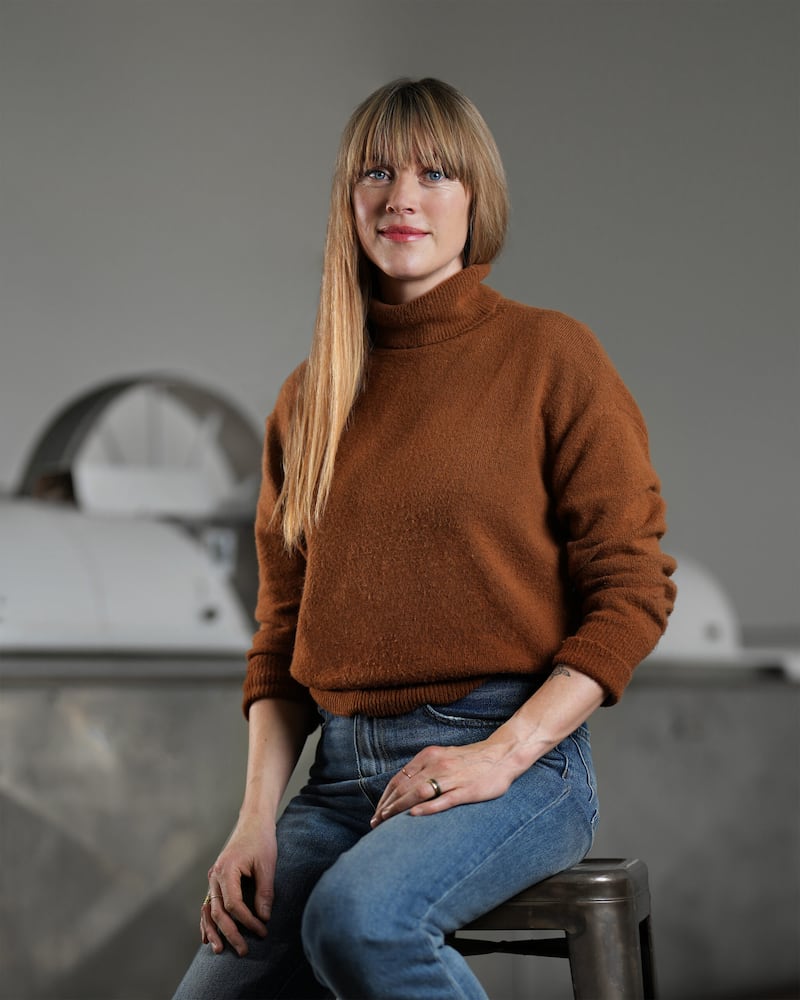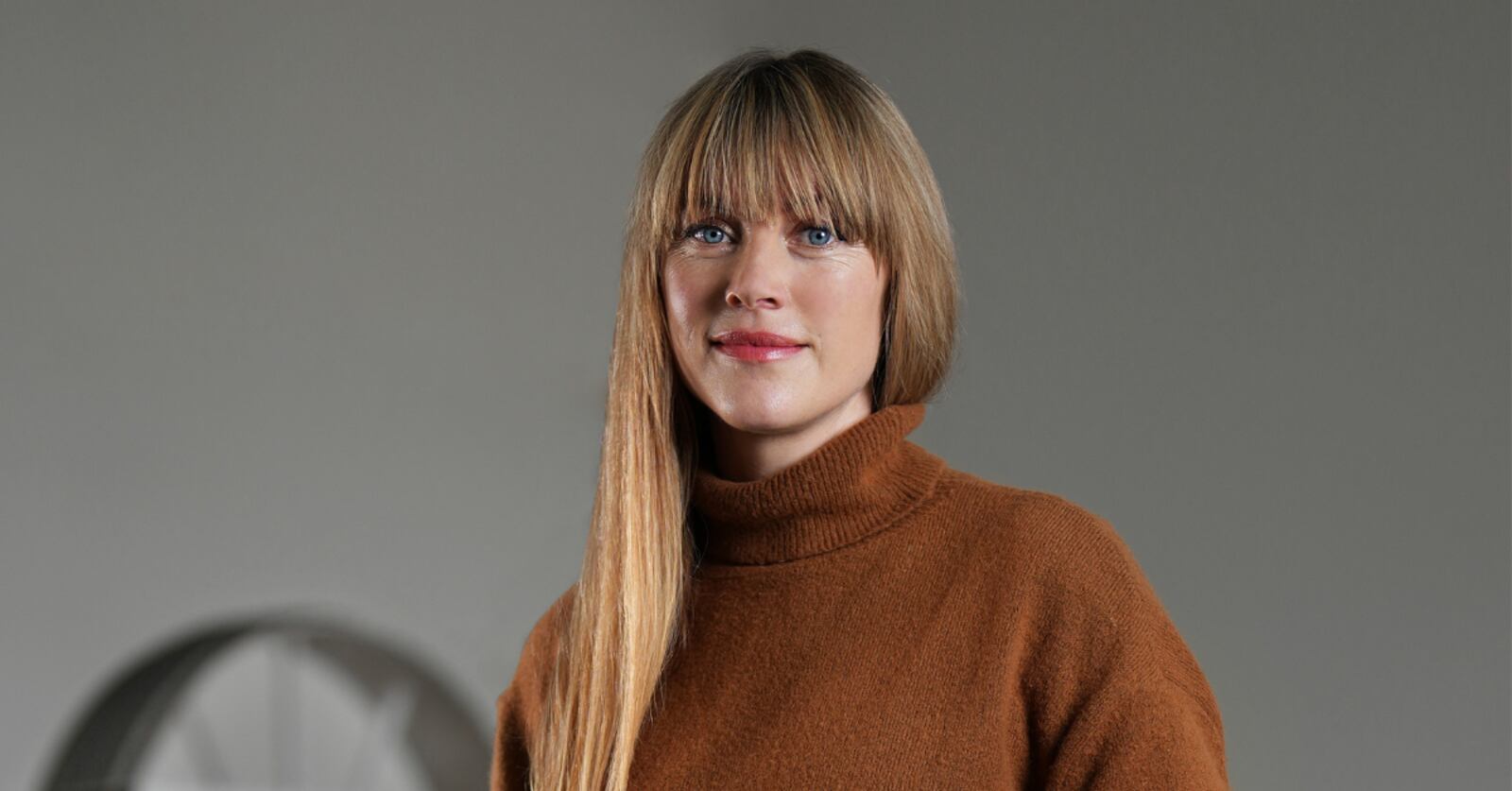
E
ven though Ritual Chocolate got its start 13 years ago, the old cliche is true—our journey has just begun. From our start in Boulder, Colorado and first making chocolate in a 400-square-foot apartment to uprooting our operation and landing in Utah, it’s been a long, rewarding process of sharing all we’ve learned with our audience.
I worked a lot of odd jobs over the years, but nothing resonated with me. I wanted to create something I could really put my values into. When my business partner Robbie Stout and I started brainstorming the direction we might take together for our new business, chocolate wasn’t our first choice. Coffee roasting or something in the cycling realm were frontrunners, but the more we discussed it, the more we came back to chocolate.
Breaking the mold
I had no prior business experience, and neither Robbie nor I have a culinary background. We ate plenty of chocolate but knew nothing about how it was made. High-quality chocolate wasn’t accessible in our area—back then, it was hard to buy any sustainably sourced products, period. The more we researched how chocolate was made, the more fascinating it became. I decided it was an industry that needed to change, as there were a lot of poor-quality products out there.
Few know how labor-intensive growing and harvesting cacao is. What might it take to make high-quality chocolate and share it with others so they might learn about the process? We wanted to create a product, first and foremost, but we also wanted to teach others where their food came from. It felt like we were uncovering an unknown world.
The puzzle pieces started coming together. I visited my brother in San Francisco, who had a drawer filled with single-origin chocolate. All the cacao beans are sourced from one area, lending it a distinct flavor profile. I tried one, tasting the unique flavors of the beans. I was absolutely fascinated.
My partner and I were very young and living in a 400-square-foot studio apartment when we started the company in 2010. With almost no money to spare, we pulled together small equipment to begin making chocolate with. A chicken rotisserie oven was modified into a little bean roaster. A tiny grinder allowed for grinding cacao nibs. A hairdryer was used for winnowing, which is the process of removing the outer shell from the cocoa beans.
With very limited means and plenty of experimentation, we began producing small amounts of chocolate at home. We were surprised at how good it was! The flavors were much better than we could find on the grocery shelf. That was just enough to spur us onward.
Our next step was taking two weeks to visit cacao farms in Costa Rica. At this point, everything clicked. To see the cacao trees up close and fully understand how this fruit was grown helped make Ritual Chocolate a reality. We got to see this very fragile crop—one so many farmers worldwide have grappled with—hand-harvested through a laborious process that involves cutting pods open and pulling out beans, which are then fermented for a week. Drying follows that. The process is incredibly involved.
Photos courtesy of Ritual Chocolate
One thing was certain: we wanted to share this experience with others, teaching them how so much happens before beans are ready to make chocolate with. If we could work with quality cacao beans, we also felt the responsibility to make exceptional chocolate.
What started as a simple idea morphed into a point of no return for us.
From bean to bar
Chocolate is its own craft. It’s a science and an art form. Most who involve themselves in it don’t have any prior background in doing so. There was no school I could go to and few people to apprentice with. In the beginning, there was lots of research, including reading old European books about how chocolate was made over a century ago. We were trying to piece it together as best we could.
Before we ever thought about having a good brand or packaging, we were wholly focused on making the best chocolate possible. That meant finding the best beans available. We were purists about all we created initially and made nothing but single-origin bars with two ingredients: cocoa beans and sugar.
If you source properly and put time into making chocolate, you can reveal unique flavors. It’s akin to making fine wine. The chocolate we create at Ritual has its own ecosystem, as every farm we source from comes with its own tasting notes. Beans from Ecuador have a fudgy texture because they’re lower in cocoa butter, for example, while the Madagascar region offers bright, fruity notes.
One lucky early break for us was finding another chocolate maker who had sourced equipment from all over Europe that he wasn’t using to its full capacity. After renting equipment at his factory in Denver, we were up and running.
A bittersweet path
Four years into it, we loved what we were doing. We were growing but wanted to get back to the core reason we started a business in the first place. We needed to be somewhere that inspired us every day.
My business partner was from Park City. Every time we visited Utah, we grew more fond of the beauty it provided: the trail access, the skiing, the mountains. If we were working so hard at growing our own business, we also wanted to live in a place that got us excited to get out of bed in the morning. Besides, we had gotten to a point where we needed to buy our own equipment and move to a larger space. In 2015, the decision was made, and we moved from Denver to Park City.
Doing that was hard. Ritual Chocolate was small, but it takes a lot to move a whole company to a new state. People wondered why we would move from Denver—one of the fastest-growing cities in America at the time—to a city that was so tiny in comparison. Leaving meant possible lost business growth and development opportunities. But the moment we moved, the support we received from the community (and in business grants!) confirmed we’d chosen properly. The need for makers and producers in Utah was real. It was a good reset for us.
We opened a small cafe, bought equipment and enjoyed five years there before additional growth demanded another move, leading us to Heber, Utah.
Photos courtesy of Ritual Chocolate
When we started, there were a handful of high-quality chocolate makers in the country. In the last 10 years, that number has exploded to over 300. Today, the market can feel saturated and certainly more competitive. It’s forced us to think about how to stay true to our core values as we grow while still differentiating ourselves. How do we set ourselves apart and grow in a market with more players? It’s still a challenge for us.
The local flavor
So far, what we’re doing is working. Because we utilize older European methods, we use a four-part longitudinal conch from Switzerland built in 1915. It’s a slower method of mixing and agitating the chocolate that takes three days. Liquid chocolate moves back and forth, balancing the final flavor.
Our roast, the largest flavor development step, is also quite slow. We are as gentle as possible when roasting, which gently loosens the shell of the beans and allows moisture to be released. The goal is to allow the cacao beans to speak for themselves.
With our brand, we try to focus on a sense of place and what inspires us—namely, being in the mountains. Being in this environment has allowed us to get more experimental with flavors in the past few years while spotlighting what makes Utah such a vibrant part of the country.
We include ingredients from local makers whenever possible. We have a juniper lavender bar, for example, with ingredients sourced from a lavender farm in Eden. Our honeycomb toffee bar uses local Hollow Tree Honey that has hives all up and down the Wasatch Range.
The latest addition to our mountain line is called Desert Sands. After living here for a while, I’d often escape to the south like so many Utahns do in the winter months. In the desert, you can enjoy the warmth and red sandstone colors and vibrancy—everything you miss during a long winter. I wanted to distill that specific experience into a Ritual Chocolate bar.
We played around with white chocolate and tested out recipes, bringing in warm, spicy notes by using chili oil. Leaning on a collaboration with Chili Beak in Salt Lake City, we’re able to give the bar a nice sandstone color and warm flavor. Crystallized ginger is sprinkled on top as a finishing touch. With packaging featuring our state’s famous arches, it’s the perfect Utah-inspired bar.
Cacao and conviction
There’s a grassroots element to what we’re marketing. We attempt to connect with people face-to-face and have them try our chocolate, which leads to talking about our process, what we’re doing and why. If we can convince you to visit our factory, you may become a Ritual Chocolate lifer. We’ve grown a lot from where we started, and it’s largely through word-of-mouth.
Because everyone has grown up with chocolate, one challenge has been to educate between what customers are used to and what we provide. It’s almost impossible for chocolate to taste horrendous. It’s mostly sweet and creamy, and even Hershey’s bars aren’t bad. We try to meet people where they are on their chocolate journey because it’s hard to change anyone’s opinion about their palates.
To me, entrepreneurship was about making an impact. We’ve been able to find exceptional cacao beans, be transparent in trade and come up with a sustainable model that works with cacao farms all over the world. Ritual Chocolate is a call back to the history of cacao and how it was used by the Mayans and Olmecs in their ceremonies. Chocolate should be respected, held in high regard, appreciated as a fine food and enjoyed as a tasting experience. It should be an everyday ritual.

